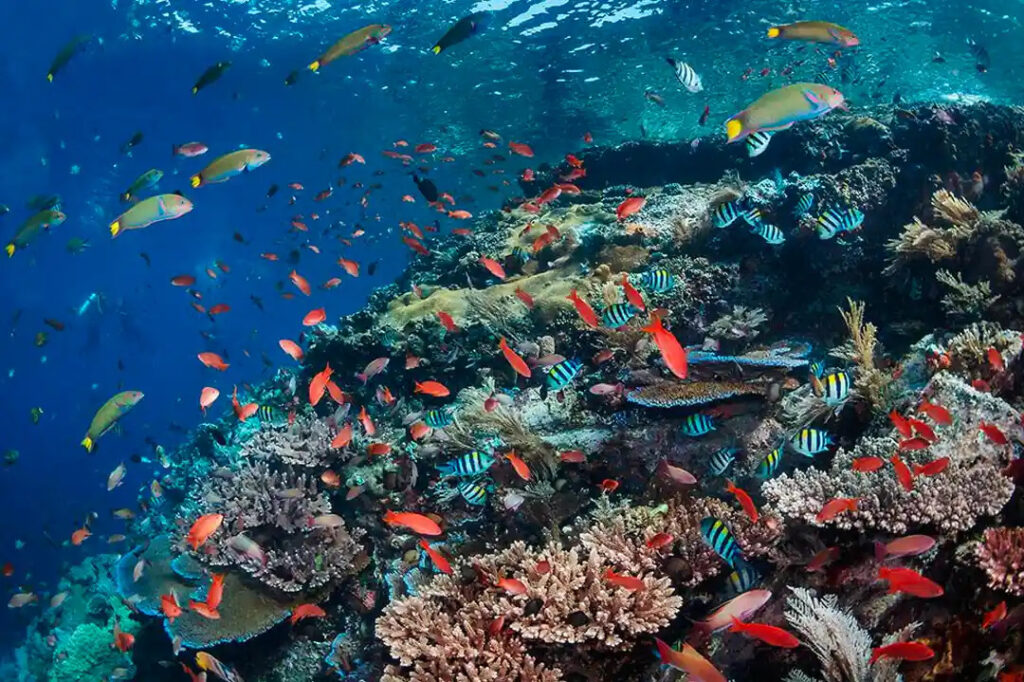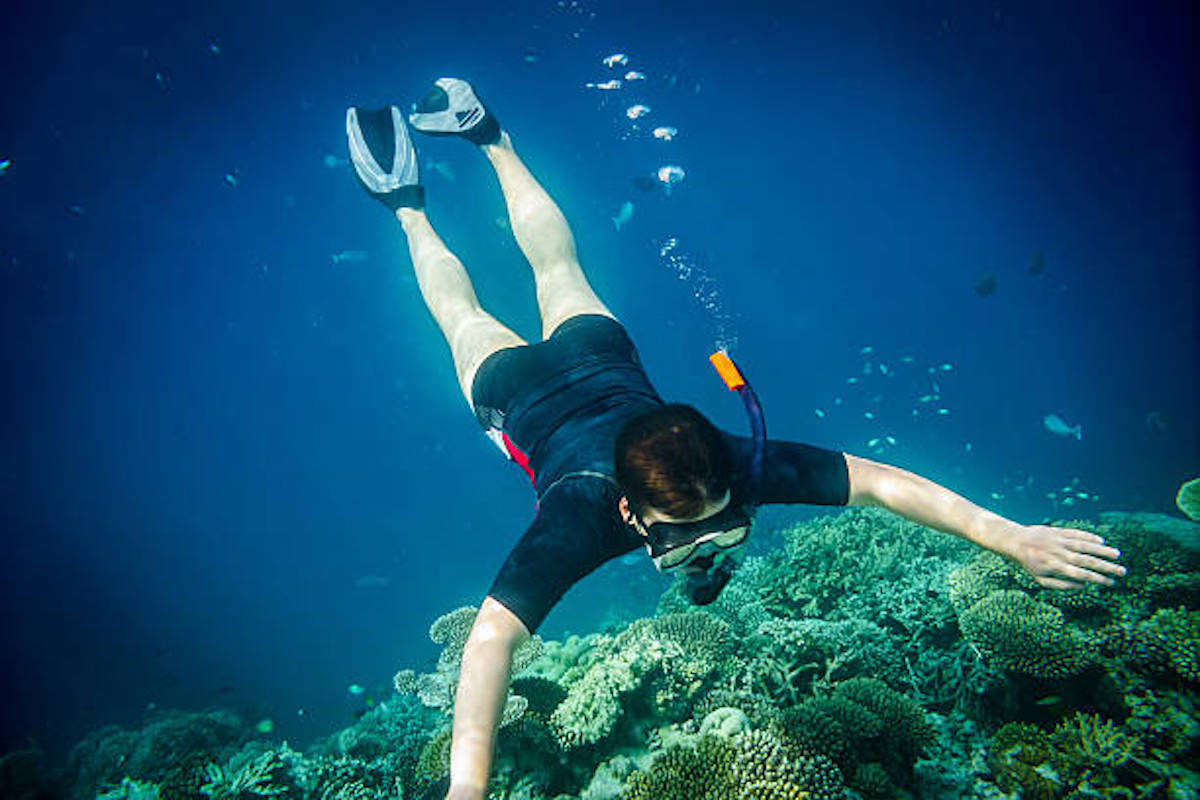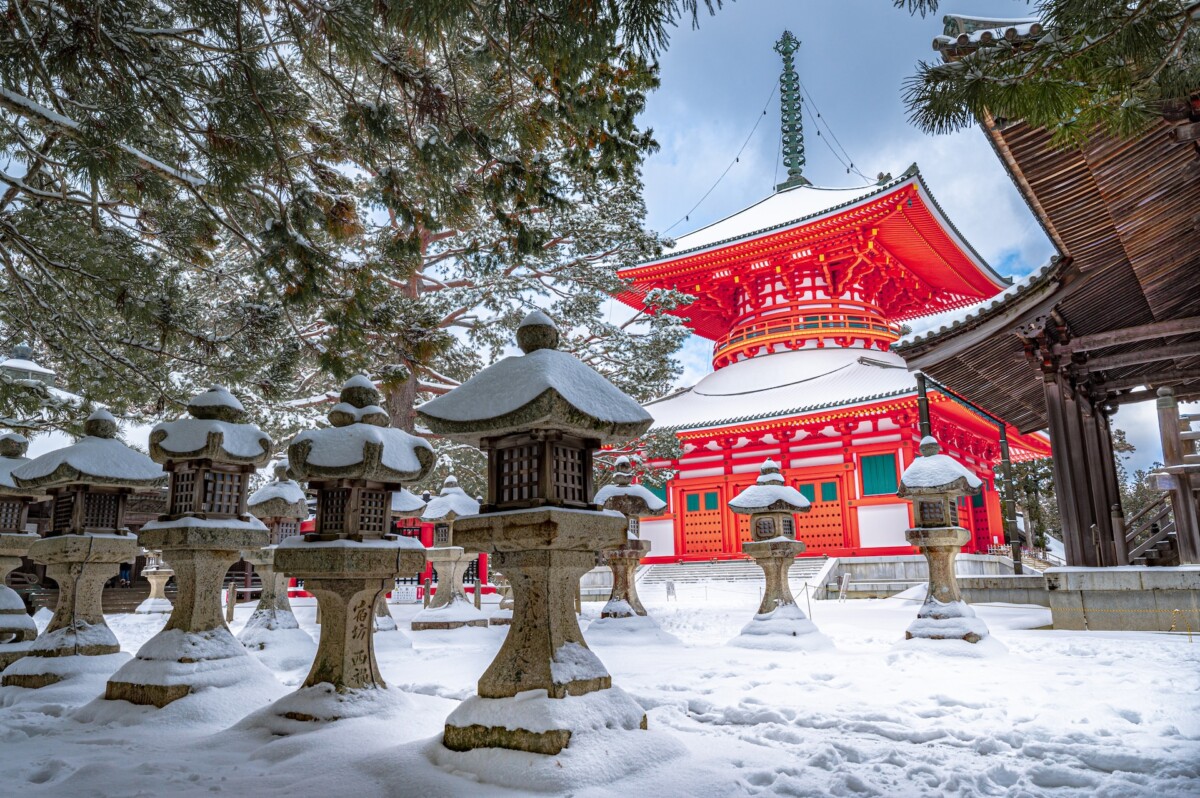Komodo Island, nestled in the heart of the Indonesian archipelago, is a haven for divers seeking unparalleled underwater adventures. With its vibrant coral reefs, various marine life, and thrilling drift dives, it’s no wonder that Komodo has earned its reputation as a world-class diving destination. However, like any aquatic environment, understanding the nuances of weather and sea conditions is crucial for a safe and enjoyable diving experience. Explore the intricacies of Komodo’s weather patterns, currents, and seasonal variations, providing you with the knowledge to dive with confidence and make the most of your underwater exploration.
The Equatorial Influence: Komodo’s Climate Overview
To truly grasp the underwater conditions in Komodo, one must first acquaint themselves with the equatorial climate that defines this region. The island experiences two distinct seasons: the dry season, which typically spans from April to November, and the wet season, prevailing from December to March. During the dry season, Komodo enjoys warm temperatures, clear skies, and calm seas, making it the preferred time for most divers. However, the wet season, characterized by intermittent rain and stronger winds, can bring about more challenging diving conditions. It’s essential to plan your trip around these climate patterns to optimize your diving experience.
The dry season presents divers with optimal conditions for exploring Komodo Island’s underwater wonders. With temperatures ranging from 27-29°C (81-84°F), the water is comfortably warm, allowing for extended dives without discomfort. The visibility during this period is exceptional, often exceeding 30 meters, offering crystal-clear views of the stunning marine life and coral formations that Komodo Island is renowned for. The calm seas create a tranquil diving environment, perfect for capturing the vivid colors and intricate details of the underwater world through photography.
Tides and Currents: Nature’s Underwater Ballet
One of the mesmerizing aspects of diving on Komodo Island is the dynamic underwater landscape sculpted by powerful currents. These currents, driven by the tidal movements between the Indian and Pacific Oceans, create an exhilarating environment for experienced divers. However, they also demand a higher level of expertise and understanding. To fully appreciate Komodo’s underwater wonders, it’s advisable to join guided dives led by knowledgeable local instructors who are well-versed in the ebb and flow of these tides. They can lead you to the most awe-inspiring dive sites while ensuring your safety.

The currents in Komodo can vary widely from one dive site to another and even throughout the day. Places like Castle Rock and Crystal Rock are renowned for their exhilarating drift dives, where divers glide along with the current, witnessing abundant marine life in action. On the other hand, sites like Pink Beach offer more sheltered conditions, perfect for leisurely reef explorations. It’s crucial to listen attentively to your dive guide’s briefing and follow their instructions to navigate these currents safely and maximize your dive.
Read More:
Ultimate Guide: Sailing and Stay Options for Your Labuan Bajo Trip
A Weekend Getaway to Bali Beachfront Resort
The Dry Season Delight: April to November
For many divers, the dry season in Komodo is the optimal time to explore its rich marine biodiversity. During these months, the sea is calm, offering excellent visibility and tranquil diving conditions. The water temperature hovers around a comfortable 27-29°C (81-84°F), making it ideal for extended dives. The coral reefs, bursting with life, showcase their full splendor, and encounters with majestic creatures like mantas and sharks are commonplace. Whether exploring iconic sites like Batu Bolong or diving into lesser-known gems, the dry season promises an unforgettable underwater adventure.
Navigating the Wet Season: December to March
While the wet season may bring occasional rain and stronger winds to Komodo Island, it offers unique diving experiences. The underwater world takes on a different character, with some sites flourishing even more during this time. The nutrient-rich waters attract abundant marine life, from vibrant nudibranchs to elusive critters. It’s worth noting that currents can be more unpredictable during the wet season, requiring divers to exercise heightened caution and rely on the expertise of seasoned guides.
During the wet season, dive sites like Cannibal Rock and Torpedo Alley come alive with an explosion of marine biodiversity. Soft corals sway with the surge, providing shelter to various fascinating creatures. Critter enthusiasts will be delighted by the plethora of emerging macro life, including pygmy seahorses and ornate ghost pipefish. While visibility may be slightly reduced, the vibrant colors and bustling marine activity more than compensate for it, offering a unique perspective of Komodo’s underwater realm.
Safety First: Tips for Diving in Komodo Island
Regardless of the season, safety should always be paramount when embarking on a diving adventure in Komodo. Here are some essential tips to keep in mind:
Dive with a Reputable Operator
Choosing an experienced and well-regarded dive operator is the foundation of a safe diving experience. They will have intimate knowledge of the local conditions and prioritize your safety.
Stay Informed About Weather Updates
Keep a close eye on weather forecasts and be aware of potential changes in conditions. This foresight can help you plan your dives accordingly and avoid unexpected challenges.
Dive within Your Skill Level
Komodo offers dives suitable for all levels of expertise. However, if you’re new to drift diving or are still determining certain conditions, feel free to communicate this to your guide. They can tailor the experience to your comfort and proficiency.
Carry Essential Safety Gear
Having the right equipment, including surface markers, dive knives, and a signaling device, can be crucial in case of any unforeseen circumstances.
Respect the Marine Environment
Lastly, always practice responsible diving. Avoid touching or disturbing marine life, and refrain from collecting souvenirs from the ocean floor. Leave only bubbles and take only memories.

